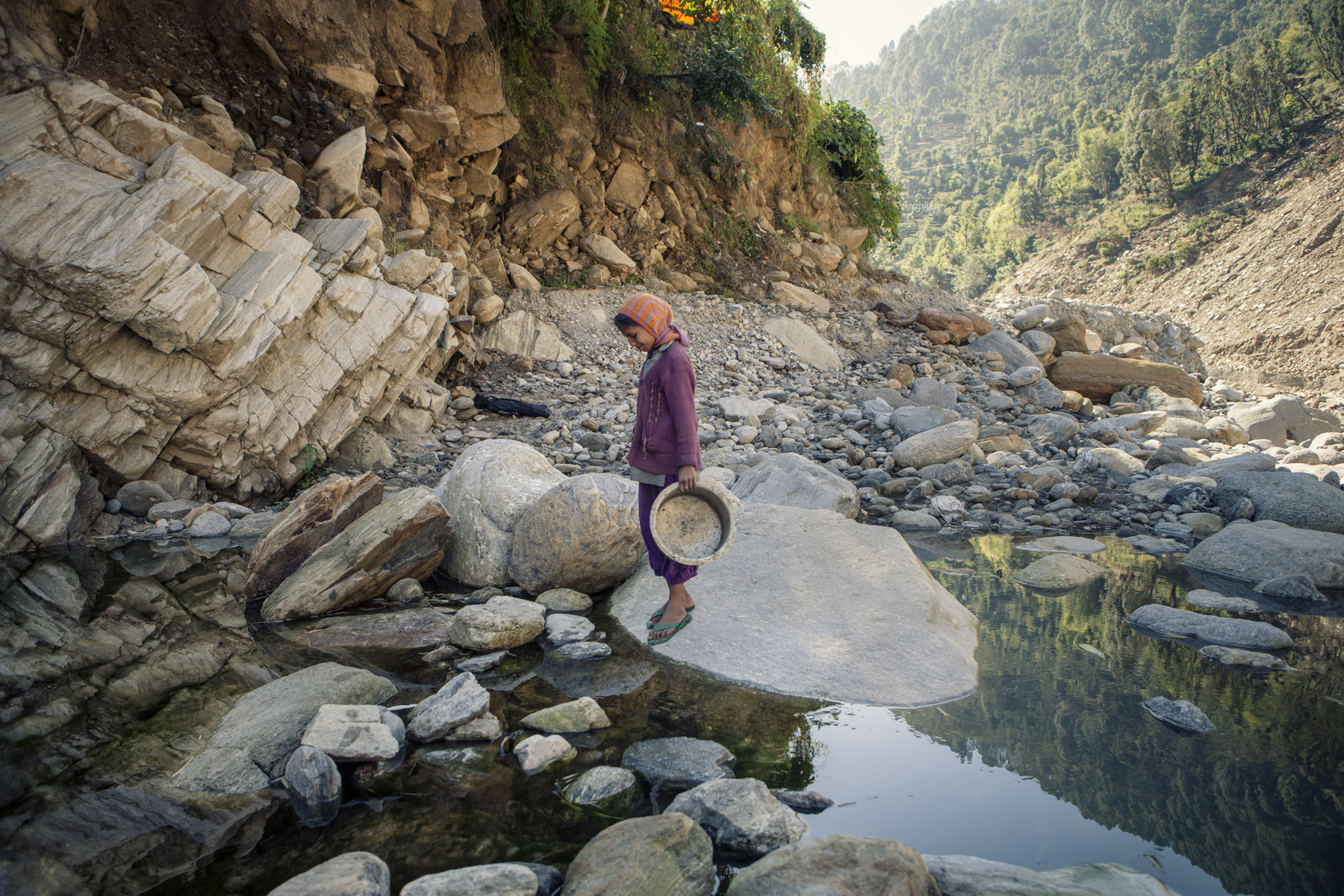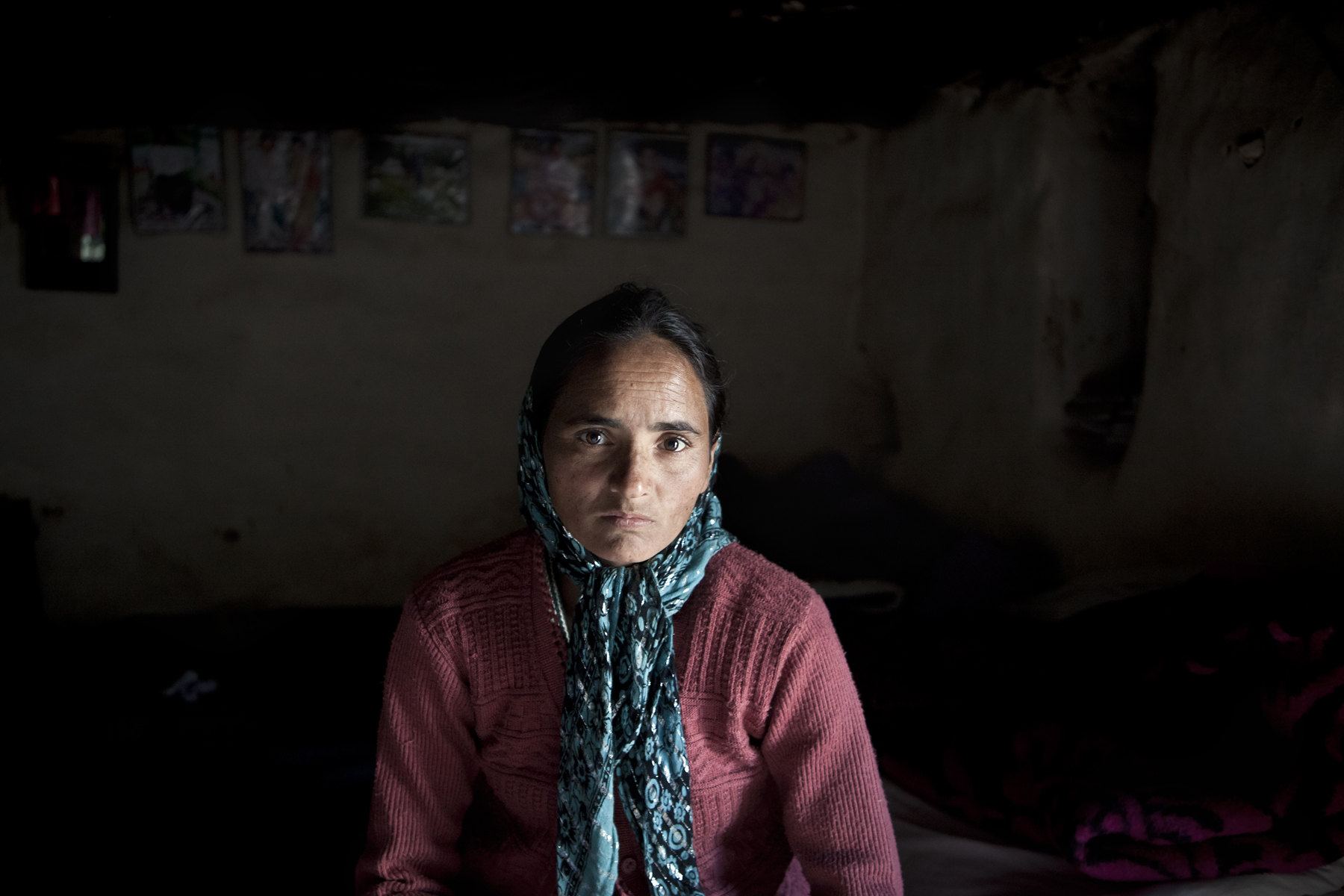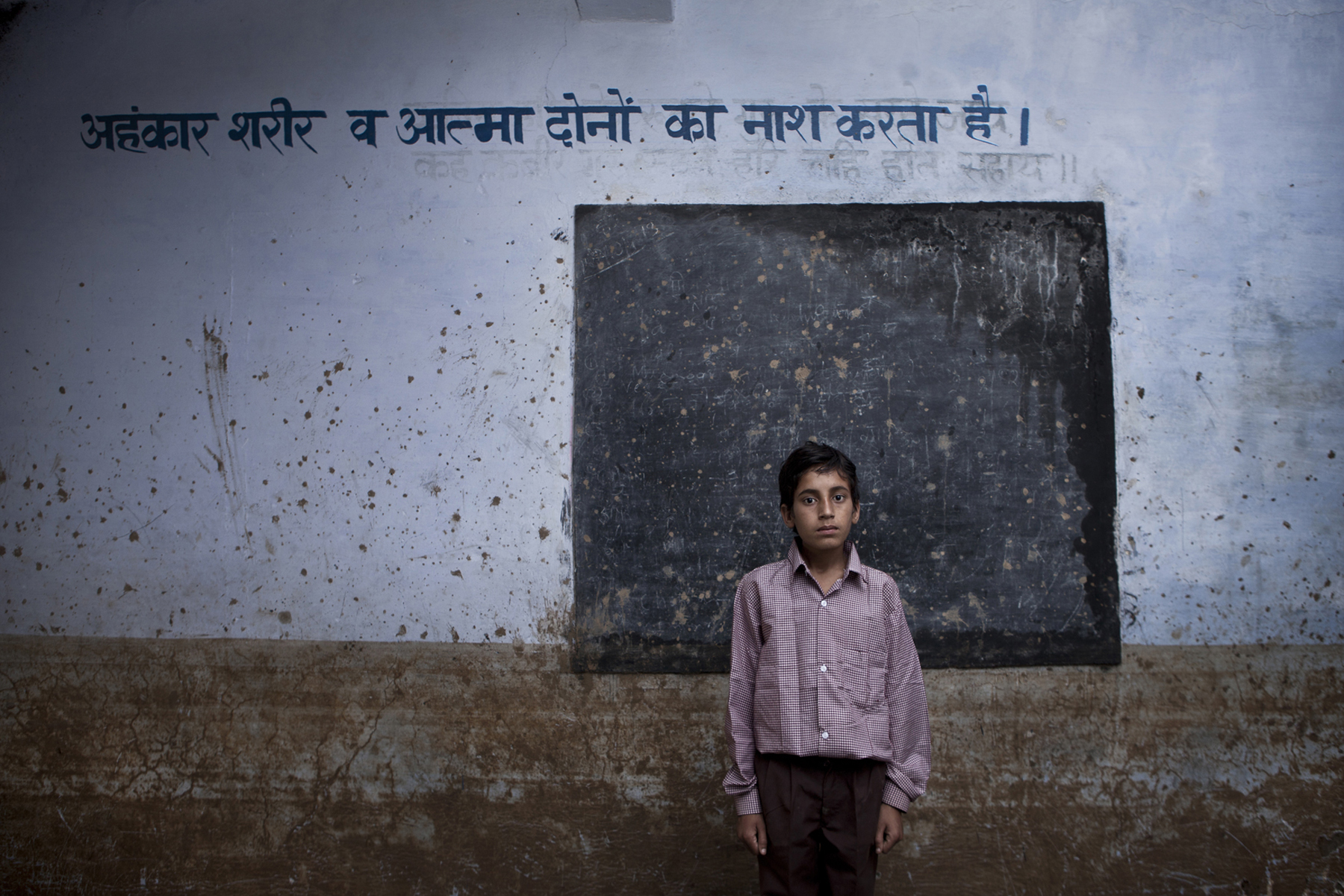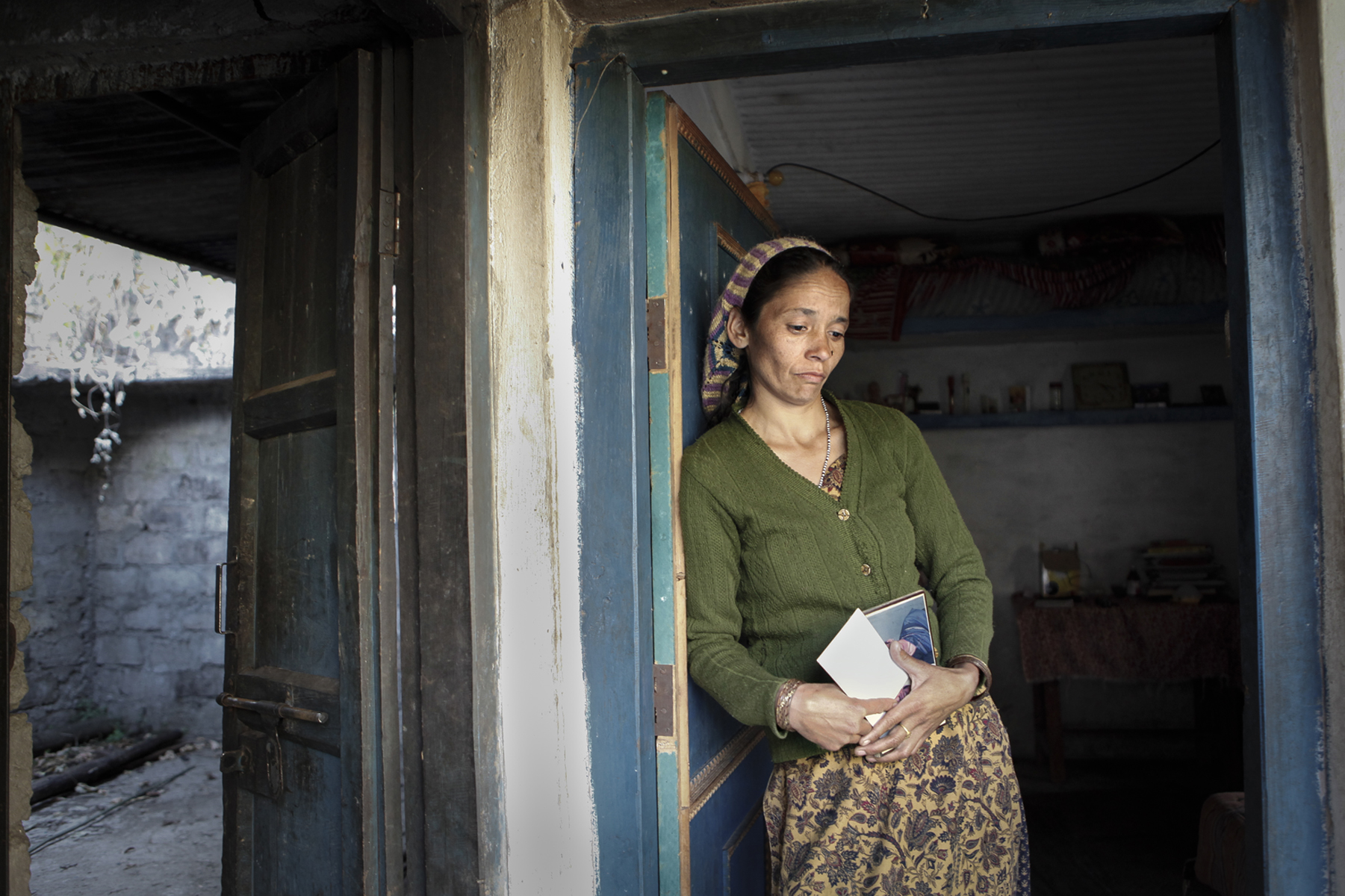In June 2013, the state of Uttarakhand in India experienced a multi-day cloudburst originating near the famous Kedarnath temple.
The resultant flash floods and landslides wreaked havoc in the region whose fragile Himalayan ecosystem was already greatly disturbed by human activity. An estimated 6000 people were killed, of whom 1600 were locals from nearby villages- mostly men and children who created a support system for pilgrims as temple priests, vendors, hotel owners and mule operators. The men have left behind a great number of widows and lonely mothers, most of whom haven’t seen the bodies of their loved ones and who still find it hard to believe that they have died.
I visited several hamlets in Kalimath area a few months later to witness their condition after the disaster. Trekking through Guptkashi, I went to meet the young widows who have lost their husbands, children, livestock and even agricultural land in the disaster. Through portraits and interviews I have tried to capture their struggle to eke out a living and the constant tussle to recover from the trauma of the loss.
A silent mourning permeated every house that I had visited. They know their lives would never be as happy as in the old photos that are hung on the walls of their houses. Hard working and tough mountain women they might be, but their eyes well up with tears when talking about the ones they had not seen for months. Many say their only hope now is their children for whom they want to secure a good future, but for this they need a permanent source of income more than aid, which is a very difficult task owing to lack of avenues and education in this difficult mountain terrain.

Situated at an altitude of 6000ft, Kalimath is one of the worst affected areas in the Kedarnath disaster, but has been largely ignored by the government and NGOs.

The condition of the roads near Kalimath is worst in the entire Kedar valley. It is only around mid-November that the first vehicles managed to enter this area after the disaster.

A girl stands at the exact spot where she used to live in a small hamlet prior to the disaster.

Locals in the area commute by trekking through mountains for almost all their needs .

Ruma Devi, a native of Kabiltha village, lost her husband and a school-going son in the disaster. Her husband’s family often provides help to rebuild her life.

Dhuma Devi, 32, of Kabiltha village in Kalimath lost her husband in the Kedarnath disaster. She also lost farmland and livestock in the landslides near her village.

Women in the mountains lead a tough life, often doing hard physical labour regardless of age, like this 65-year-old woman who carries weight on her back on a daily basis.

Aarti Devi (22) got married to Anil Satkari two years ago. She doesn’t have any children or a permanent source of income .

Anjali Devi lives with her daughter Lucky and son Tarun in Kotma village, Kalimath. Her husband Devendra Kumar, who ran a business near the Kedarnath temple during pilgrim season, died in the flash flood.

A woman gathers fodder for her cows at Kotma village .

Veena Devi (34) of Kabiltha village is still in a state of shock and awaits her husband and two sons though they were declared dead near Gaurikund. She says no amount of aid could fill the void that the disaster had created in her life and now lives with the support of her brother’s family.

Rama Devi lost her husband and two children in the Kedarnath disaster. She now works with a local NGO to rehabilitate other widows in her region.

A student after the completion of cleaning up of debris in his classroom in Uttarkashi, five months after the disaster.

Guddi Devi (35) finds it difficult to do attend to her her daily chores as she suffers from rheumatoid arthritis . She lost her elder son along with her husband in the disaster.

Medical camps organized by different NGOs are the way for many villagers to access basic healthcare.

A dried up stream created after flooding water and landslides forced their way through houses standing in their path.
Bio:
I am a photographer and visual artist based in Assam. Trained in all aspects of photography, I decided to pick up a style which narrates stories of common man, their life struggle, culture, conflict and peace resolution. Ever since I discovered photography as a tool which can give voice to a section which is otherwise unheard. I started developing a sense of responsibility towards my subjects which is above professional obligations. I am twenty nine, a photographer and a dreamer who has a vision to tell stories through his lens which are often unheard and which need to be told.
